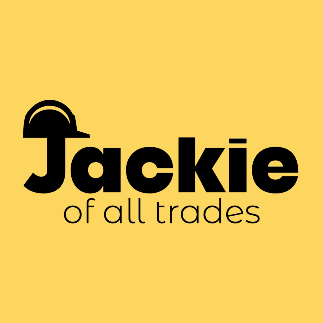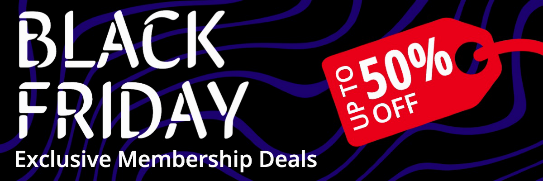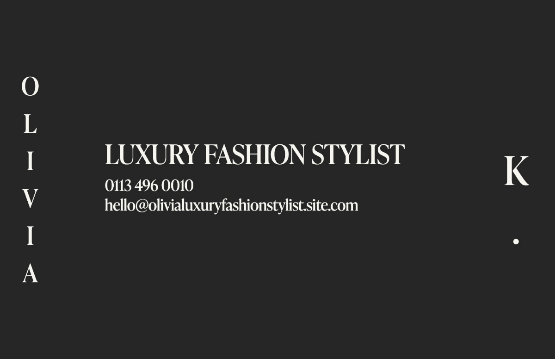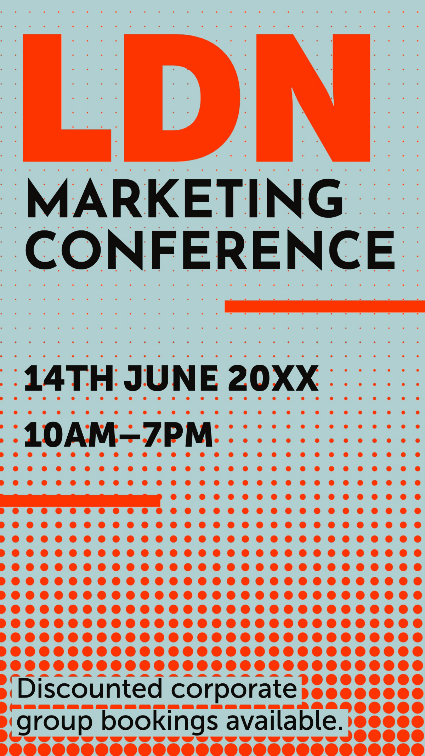Colour Psychology in Marketing: Choosing the Right Palette.
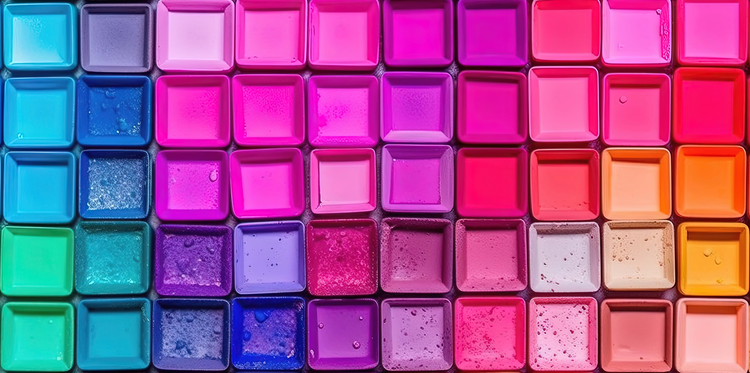
Summary/Overview
Ever wondered why you feel calmer in a blue space? Or happier around the colour yellow? This is all down to colour psychology. Colour alone influences up to 90% of an initial product impression, so it could be the difference between a customer deciding to purchase a product and engage with your brand, or not.
Using colour in marketing helps with brand recognition and customer retention too. Specific colours become synonymous with certain brands and help with the overall brand story, like the use of red with Coco-Cola and purple for Cadbury’s.
In this guide, we’ll explain the meaning of colour psychology, and why you might want to consider using colours in your own advertising and marketing. Add some colour to your branding with Adobe Express.
What is colour psychology?
Colour psychology is the study of how colours shape human perception and behaviour. It explores how different hues can influence emotional responses, impacting moods or feelings.
Colour psychology in marketing refers to how certain colours have the ability to impact brand perceptions. Specific colours, hues and tones can elicit distinct associations and even affect customer decision making. Though it’s worth remembering that responses to colour can be affected by age, context and cultural background.
Why are colours important in marketing and advertising?
Colours in marketing are essential as they affect how consumers subconsciously view your brand. Here are some benefits of using colour in advertising:
Impacts customer emotions and behaviour.
Colours evoke emotions in a more subtle way than images or words. Colour psychology is useful in marketing as it can be utilised to shape consumer behaviour through emotional connection.
For example, warm colours, like red, pink and orange may attract potential customers into a shop. The colour red, often used for sale signage and point-of-sale features, may induce more impulse buying. This is because humans are predisposed to reacting quickly when we see red – like at a stop sign or at a speed limit variation.
Affects how customers perceive your brand.
Customers have feelings attached to certain colours. For example, black is often seen as luxurious and sophisticated, whereas green conjures up emotions of tranquillity, harmony and calmness. This comes in very handy when thinking about logo colour psychology. Brands that use black logos, like Prada and Luxe Collective, may be perceived as more luxurious and high quality – just from initial impressions. A green logo, as seen with Spotify, offers balance and energy.
Increases brand recognition.
Using a signature colour can help customers to remember your brand. In fact, colour can increase both brand recognition and awareness by 80%. Having a consistent colour across all your branding, like Barbie and the colour pink or Ikea with yellow and blue, can help customers subconsciously recognise your brand just by seeing the colours.
Shows off your brand personality.
Having fun with colour can be a great way to show off your brand personality too. The yellow ‘M’ of McDonalds is instantly recognisable and perfectly sums up its fun brand personality.
Brand colour psychology involves choosing a colour scheme that works with your business and aligns with your target audience. EasyJet and orange are another great example of this. The colour orange conjures up confidence, warmth and positive energy - the perfect themes for an airline.
Builds brand authority.
Choosing the right colours can help to align your brand within its market and build authority. For example, certain colours like blue, grey, black and purple can reflect credibility and professionalism. This could encourage customers to trust your brand.
This is often the case for banking or financial businesses. Barclays, PayPal and American Express all incorporate blue in their logo. Similarly, green is another colour associated with security, as seen in the Lloyds Banking Group logo.
Free colour-based logo templates for use in marketing.
A closer look at the marketing colour palette.
Colours in marketing can affect how consumers perceive your brand – so it’s important to get it right. You should be consistent and apply your chosen colours in all your marketing materials, logo making and website design. Here’s an example of what each colour could represent for your brand and audience:
- Black. As seen on the Nike logo, black alludes to power, authority and sophistication.
- Pink. The colour pink represents imagination, passion and creativity, which is why it’s a perfect fit for the Barbie logo.
- Blue. This colour is often associated with being secure, trustworthy and loyal. It’s often used by brands that need to appear dependable – like Facebook and PayPal.
- Red. The colour red increases our heart rate, blood pressure and metabolism – which also makes us hungrier. That’s why fast-food chains often feature red in their branding, like KFC and Burger King.
- Yellow. Seen in logos like McDonalds, Thomas Cook and Snapchat, yellow represents cheerfulness, warmth and happiness.
- Orange. Similar to yellow, orange evokes feelings of optimism and enthusiasm. It’s seen in logos for brands like EasyJet and Nickelodeon.
- Purple. This colour signals royalty, mystery and imagination. One of the most famous brand examples is the signature Cadbury purple.
- Green. As a colour chosen to represent harmony, tranquillity and calmness, you’ll often see green logos for outdoor spaces with brands like the National Trust. It’s also associated with security and money, as seen by the Lloyds logo.
How to use colour psychology in your branding and marketing.
There are a number of ways you can incorporate colour psychology in your branding and marketing strategy. From creating an eye-catching logo to ensuring consistency across all social media posts, take inspiration from our ideas below:
Logo colour psychology.
Your business logo is one of your most important pieces of branding. It’s essential that it’s easy to recognise and captures your customers’ attention. Use colour psychology in your logo design to increase brand recognition.
For example, Cadbury is synonymous with purple in the same way that Coco-Cola is instantly recognisable thanks to its red logo. Purple has connotations of royalty, luxury and imagination, whereas red invites emotions of passion, love, power and confidence.
Brand colour psychology.
Having one colour that sums up your brand is a very powerful marketing tool, especially when it’s used throughout the customer journey. For instance, EasyJet is known for its signature orange shade. But this eye-catching hue isn’t limited to the logo.
EasyJet makes sure their iconic colour scheme continues throughout it’s website, advertisements and in-flight experience. This not only ensures consistency for the customer, but it also reinforces brand recall and recognition. You only need to show someone the colour for them to know it’s EasyJet.
Colour psychology in website design.
Using colour psychology in website design can affect the way that customers use your website. For example, red is the most stimulating colour and prompts action. This is why it’s often used for sales advertisements and “Calls To Action”. Orange is seen as a ‘friendlier’ or toned down red, so can still create a sense of haste and movement, which may come in handy when moving customers through your site.
Bright colours, like orange, green and red often get the most clicks on a website. But this will depend on your colour scheme as a high contrast is very important in grabbing the user’s attention.
Colour psychology in social media.
Using colour psychology principles in social media works in the same way as it does for other types of marketing. Brands that harness their main colours on their Instagram feed, TikTok videos and Facebook posts keep up the consistency of their branding and help to reaffirm their brand image.
Colgate, Heinz and Coca-Cola all use red across their social media platforms. It’s bright, stands out on a crowded feed, and captures the attention of their audience.
Colour psychology in visual merchandising.
Colour psychology can come in handy when it comes to visual merchandising too. While red encourages impulse in-store purchases, other warm colours like orange and pink are said to be more inviting for customers.
It’s particularly important to get the colour scheme correct in a physical shop, as potential customers can make a subconscious judgement within 90 seconds. Additionally, 52% of shoppers will not return to the shop if they don’t like the aesthetics.
Editable examples of colour psychology in marketing.
Useful things to know.
How is colour theory used in marketing?
Colour theory is used in marketing to shape customer’s first perceptions of a brand. Colours are essential for helping your brand stand out, entice customers and stay memorable. Specific colours evoke certain emotional responses, which can influence customer behaviours.
What is the best colour for marketing?
The best colour for marketing depends on your brand, your market sector, and your target audience. If you’re a security or financial brand, you may decide to use blue in your branding to promote trust and credibility. If you’re a restaurant or food chain, red could be a good choice as it’s known to prompt impulse purchases and even make you feel hungry.
What colour attracts buyers?
Red, orange and yellow are three colours that are considered to be some of the best at attracting customers to website messaging. But the colours must be consistent with your branding. Contrast is also a very important factor no matter which colour you choose – your messaging must stand out and grab the audience’s attention.

